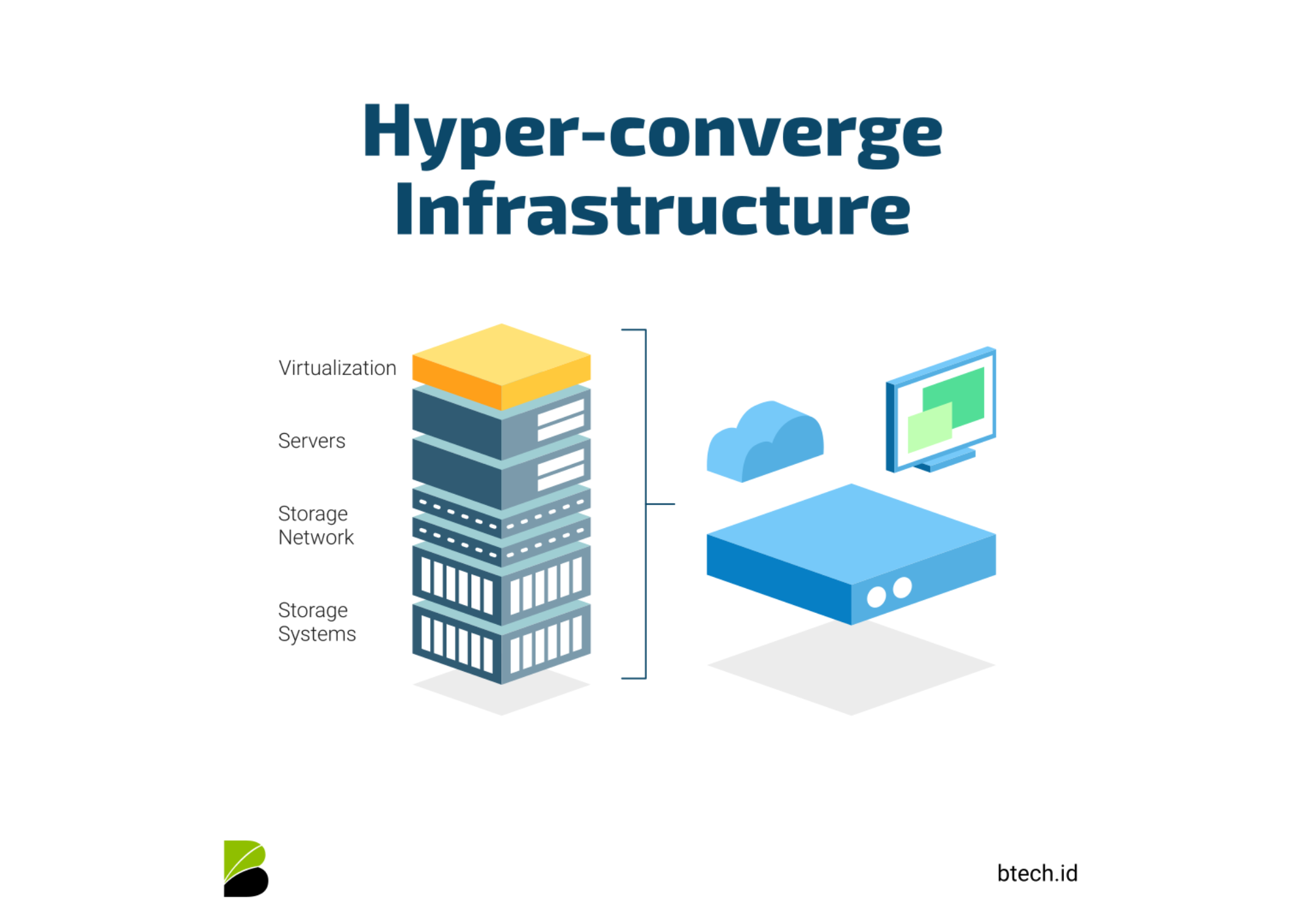Unlocking Business Potential: Harnessing Hyper-Converged Infrastructure
In the ever-evolving landscape of information technology, businesses are continually seeking innovative ways to streamline operations, enhance performance, and reduce costs. Hyper-Converged Infrastructure (HCI) has emerged as a game-changer in this regard, offering organizations a powerful solution to meet these goals. This article explores the advantages of adopting HCI for businesses and how it can transform IT environments into efficient and scalable ecosystems.
Understanding Hyper-Converged Infrastructure
At its core, HCI is a comprehensive infrastructure solution that combines compute, storage, and networking components into a single, integrated platform. Unlike traditional infrastructure setups that require separate hardware for these functions, HCI leverages software-defined architecture to virtualize and manage these resources through a unified interface. This streamlined approach simplifies IT management, reduces complexity, and enables businesses to scale their infrastructure more flexibly.
Advantages of HCI for Businesses
-
Simplified Management: HCI consolidates various infrastructure components into a single management interface. This simplifies administration, reduces the need for specialized expertise, and enables IT teams to focus on strategic tasks rather than routine maintenance.
-
Cost Efficiency: By eliminating the need for standalone hardware and reducing data center footprint, HCI helps businesses lower both capital and operational expenses. Additionally, the scalability of HCI allows organizations to optimize costs by provisioning resources as needed.
-
Scalability: HCI is highly scalable, allowing businesses to start small and expand seamlessly as their needs grow. This scalability ensures that IT infrastructure aligns with business growth without over-provisioning or under-utilization.
-
Flexibility: HCI supports a wide range of workloads, from virtualized environments to high-performance computing. It can adapt to the specific requirements of different applications, making it versatile for businesses of all sizes and industries.
-
Improved Performance: HCI often delivers better performance compared to traditional infrastructure due to its software-defined nature. It enables efficient data distribution, load balancing, and resource allocation, resulting in optimized application performance.
-
Data Protection and Redundancy: HCI systems typically include robust data protection features, such as automated backups, snapshots, and replication. This ensures business continuity and data resilience, even in the face of hardware failures.
-
Simplified Disaster Recovery: HCI simplifies disaster recovery planning and implementation. With built-in backup and replication capabilities, businesses can quickly recover data and applications in the event of a disaster.
-
Enhanced Virtualization: HCI is well-suited for virtualized environments, making it an ideal choice for businesses leveraging virtualization technologies like VMware or Hyper-V. It streamlines the management of virtualized workloads and provides a more efficient platform for hosting virtual machines.
Use Cases for HCI
HCI's flexibility makes it applicable across various business use cases, including:
-
Data Center Modernization: Organizations can use HCI to modernize their data centers, replacing legacy hardware with a more efficient and agile infrastructure.
-
Remote and Branch Offices: HCI is ideal for remote and branch office deployments, providing a compact yet powerful solution for distributed IT environments.
-
Virtual Desktop Infrastructure (VDI): HCI enhances VDI deployments by providing the necessary scalability, performance, and simplicity to support large numbers of virtual desktops.
-
Private Cloud: HCI can serve as the foundation for building a private cloud infrastructure, allowing businesses to deliver cloud-like services to their internal users.
-
Edge Computing: HCI's compact form factor and scalability make it suitable for edge computing deployments, enabling processing and data storage closer to where it's needed.
Challenges to Consider
While HCI offers numerous benefits, businesses should also be aware of potential challenges, including initial costs, integration with existing systems, and the need for proper training to manage the new infrastructure effectively.
Conclusion
Hyper-Converged Infrastructure is revolutionizing the way businesses approach IT infrastructure management. Its ability to simplify operations, reduce costs, improve performance, and adapt to changing needs makes it a compelling choice for organizations looking to stay competitive in the digital age. By harnessing the power of HCI, businesses can optimize their IT environments, accelerate digital transformation, and unlock new opportunities for growth and innovation.
Read Also: HUMAN-COMPUTER INTERACTION (HCI): BRIDGING THE GAP BETWEEN HUMANS AND TECHNOLOGY
Read Also: INTRODUCTION TO MULTICLOUD: UNLOCKING THE POWER OF MULTIPLE CLOUD PROVIDERS

